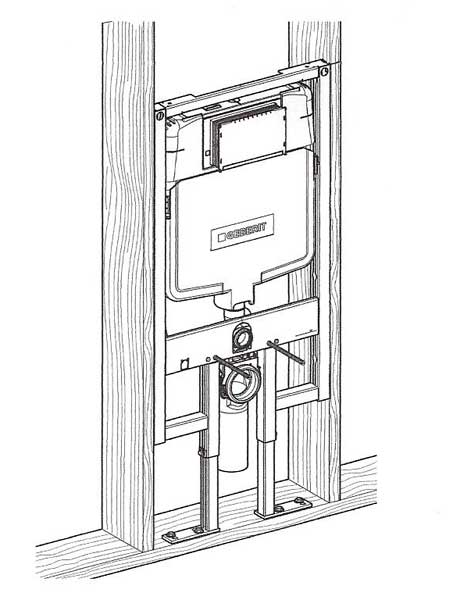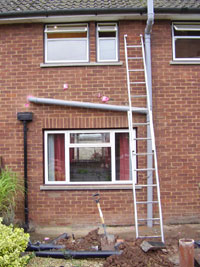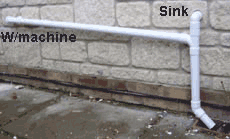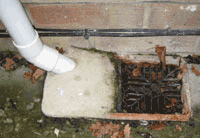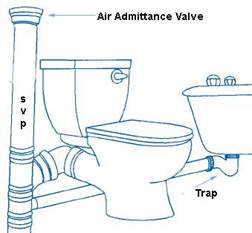Seckin
DIY Junior Member
Hi,
I googled the case above, written and/or illustrated issues, but could'nt find out any info even clue.
I want to learn why siphonic toilets (both pressurized system or not) installed almost everywhere in US[/B][/B], and why gravity-types (non-siphonic) in all Europe... I wonder what kind of differences in drainages, pipe transmissions&dias, flow rates, water pressures and vacuum factors etc.
Thanks for your interests,
Seckin,
I googled the case above, written and/or illustrated issues, but could'nt find out any info even clue.
I want to learn why siphonic toilets (both pressurized system or not) installed almost everywhere in US[/B][/B], and why gravity-types (non-siphonic) in all Europe... I wonder what kind of differences in drainages, pipe transmissions&dias, flow rates, water pressures and vacuum factors etc.
Thanks for your interests,
Seckin,

